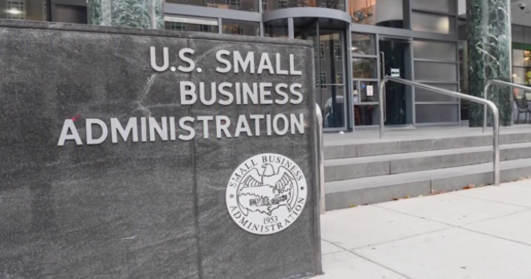Why home equity loans may become cheaper soon
Borrowers looking for inexpensive credit in recent years haven't had many attractive options. Thanks to a surging inflation rate and a federal funds rate raised to keep it in check, rates on everything from credit cards to personal loans to mortgages surged. While not totally immune from this climate, however, home equity loans and home equity lines of credit (HELOCs) emerged as low-cost alternatives for existing homeowners.
Because the home is used as collateral in these borrowing circumstances, owners were able to secure significantly lower rates than they could have gotten with credit cards or personal loans, for example. While interest rates on both of those options currently sit around 21% and 12%, respectively, home equity loans and HELOCs both come with single-digit rates right now. And while that's good news for current borrowers, prospective borrowers may be in store for even lower rates. Below, we'll detail two reasons why home equity loans may become even cheaper soon.
See what home equity loan rate you could secure here now.
Why home equity loans may become cheaper soon
Here are two reasons why home equity borrowing could become more affordable soon:
Inflation is cooling
Inflation has now cooled for two consecutive months. And while that cooling has been marginal (the inflation rate was down to 3.3% in May, down from April's 3.4% and March's 3.5%), it is moving in the right direction, especially compared to the decades-high it reached just two years ago.
While this is a beneficial development for millions of Americans, it's particularly helpful for those who need to borrow money. As inflation cools, after all, higher interest rates designed to cool it tend to fall in tandem. But even absent a formal rate cut, lenders may start to lower the rates they offer on these products if they feel that an official cut is imminent, as it appears to be now.
Start shopping for low-rate home equity loans and HELOCs online today.
Interest rates may be cut
While the Federal Reserve again elected to keep the federal funds rate frozen after their June meeting, it may not stay there for much longer. Currently unmoved since last summer, the rate is stuck at a range between 5.25% and 5.50% — the highest it has been in 23 years. In theory, the Fed won't cut that rate until the inflation rate drops even further and hits or gets close to the Fed's target 2% goal.
"The Committee does not expect it will be appropriate to reduce the target range until it has gained greater confidence that inflation is moving sustainably toward 2 percent," the Fed said Thursday. "In addition, the Committee will continue reducing its holdings of Treasury securities and agency debt and agency mortgage‑backed securities. The Committee is strongly committed to returning inflation to its 2 percent objective."
But that goal is now in sight following two consecutive reports showing inflation dropping. And while 2024 may not see as many cuts to the federal funds rate as some had anticipated at the start of the year, one or two cuts are still in play in the final months of the year. If either comes to fruition, then, home equity borrowing will become even cheaper than it is now.
The bottom line
If you're looking for one of the most inexpensive borrowing options available, home equity may be the way to go. And while rates are already lower than most other credit alternatives, they could fall even further thanks to a consistently cooling inflation rate and reductions in the federal funds rate, should the former continue to fall. As with all financial considerations, however, homeowners should weigh the pros and cons of tapping into their home equity right now as they may lose their home if they're unable to pay back what they borrowed.






